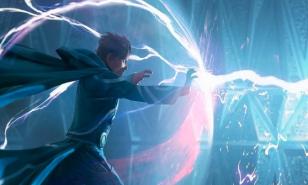[Top 15] D&D Best Puzzles To Make Your Campaign Fun
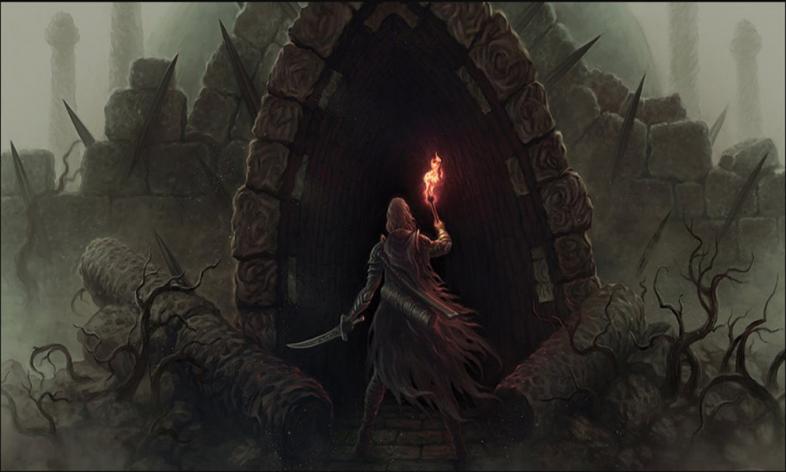
From slaying monsters, unearthing dungeons, or just hanging out at the local bar, Dungeons & Dragons has something for everyone regardless if you’re a beginner or a veteran,
ticking to role-playing battles and encounters can be enticing, but It's always good to have variety, and some clever puzzle-throwing can be incredibly fun.
It's always fun to watch players enthusiastically discuss your clues and finally crack the secret code. Luckily for you, there are some great puzzles out there, here are some of them to inspire you!
15. Blood on the Wall
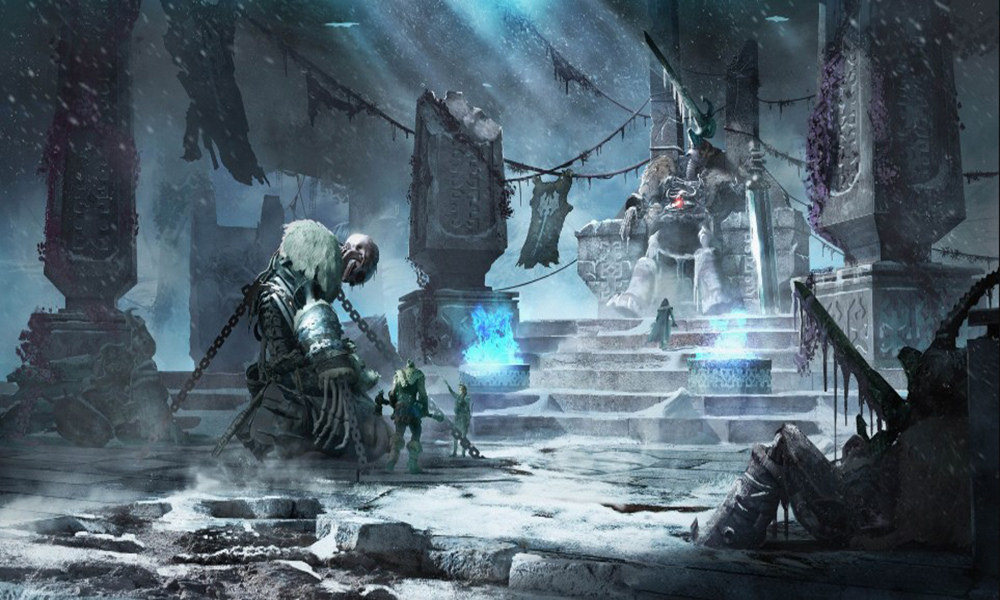
The party enters a scanty, dank room covered in ash, broken stones, and large bones. Their torch allows them to see a stone wall aged and desolated by time itself.
This wall has a riddle engraved on it: “The key is found within you, use the key to paint me red, be aware of what you spent, for it might be the very end”.
Now that they have the riddle, your players will begin wracking their brains on ways to figure it out. The solution is simple: The key is blood. Perhaps they must use their blood to paint a key onto the wall, or maybe they should just smear it for it to open, the specifics are up to you!
What’s fun about the Blood on the Wall puzzle:
- It sets the tone very quickly. Once used, your players will feel the danger of what’s to come.
- Combat is not the only way to drain the party’s resources. With puzzles like this, you can control how wounded the party ends up throughout the adventure.
14. The Elemental Combination
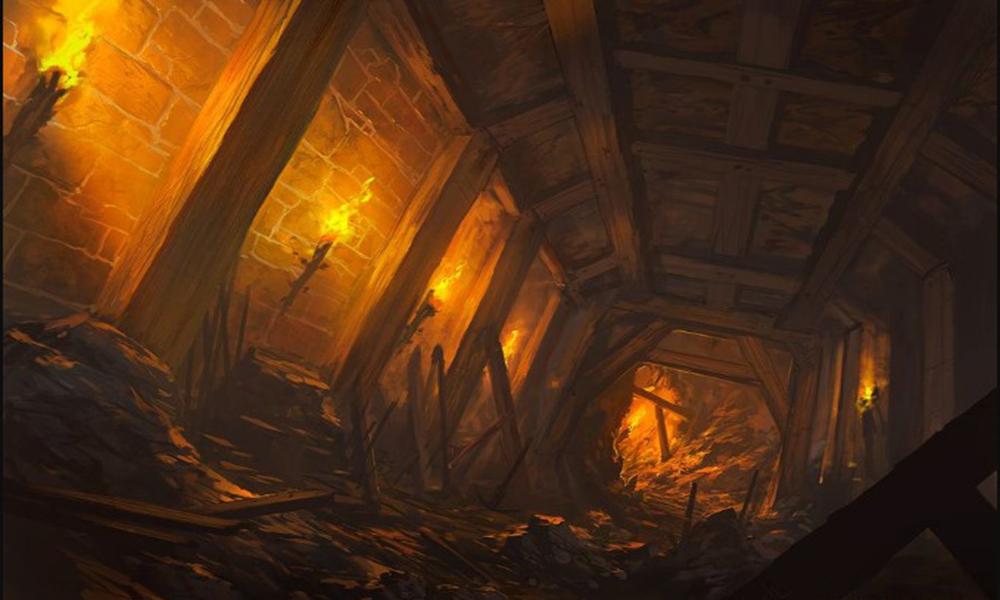
After defeating a mad mage, the party scrounges their tower from top to bottom, finding an unusual door that can’t be opened by conventional means, instead, strange alchemical formulas line the locks.
This puzzle consists of a door, a barrier, or a similar obstacle locked beyond normal means. It’s surrounded by scorch marks, acid burns, the smell of ozone, and the chill of the grave.
To open it, the party must deal at least 1 point of the proper elemental damage to the proper lock.
What’s fun about the Elemental Combination puzzle:
- It’s a great way of making your characters spend their spell slots or valuable resources, setting them up before a big revelation or fight.
- It encourages creativeness as the players may opt to bring forth said elements from alternative sources, letting their cunning shine.
13. Truth or Lie
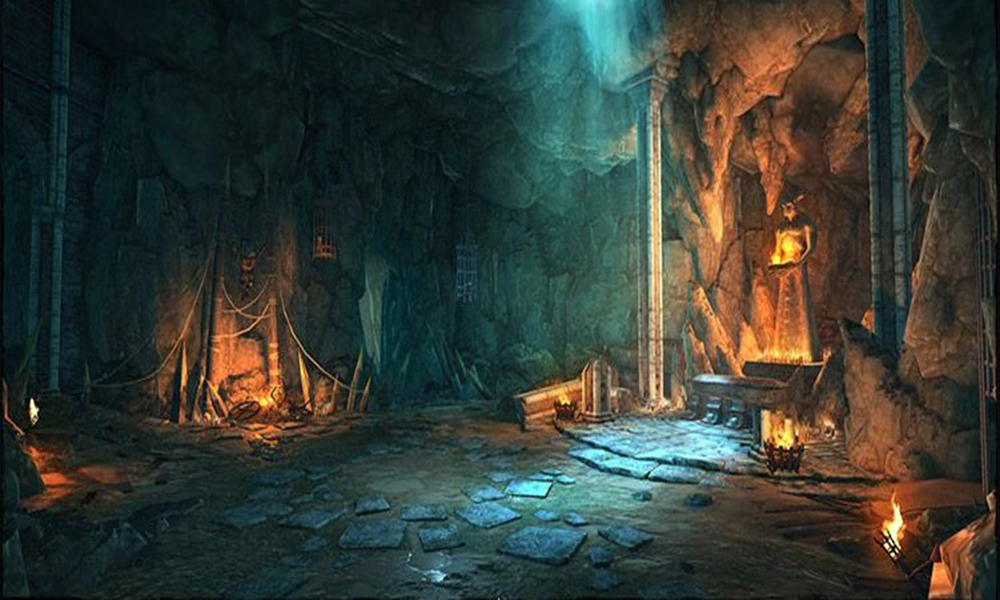
A timeless classic, your party finds itself facing two doors guarded by two guardians. One tells nothing but the truth, the other? Nothing but lies.
The catch? The party can make only one question to figure out which door leads to safety.
A common solution to this problem is to ask one guard “what would the other guard tell me leads to safety?” based on the answer, the party will pick the opposite door they were told, regardless of which guard they ask.
What’s fun about truth or a lie
- Beyond roleplaying, it encourages your players to work together to come up with a proper question for the guardians.
- If the party is under some sort of time constraint, it might push them to take more extreme measures against the guards, leading to increasingly more creative outcomes.
12. Mirror mirror
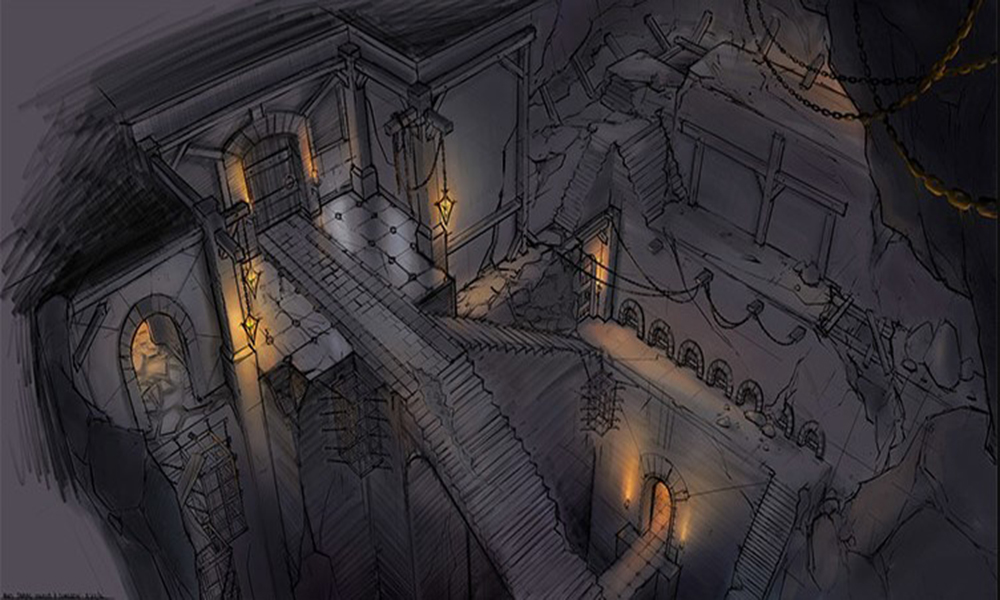
Another classic, the core concept of this puzzle is that the group finds themselves in a room before a larger mirror. Soon, players with a good perception (or investigation) notice that the room reflected in the mirror are subtly different.
Once the party rearranges the room to match that in the reflection, the puzzle is cleared.
What’s fun about the Mirror mirror puzzle:
- It lets your skill-based characters shine. You can vary the requirements to rearrange the room, from high strength to move a large wardrobe to a decent intelligence to figure out the correct patterns.
- Rather than having your players wrack their brains, this puzzle is straightforward enough to not drag your game to a halt.
11. The Sphinx’s test
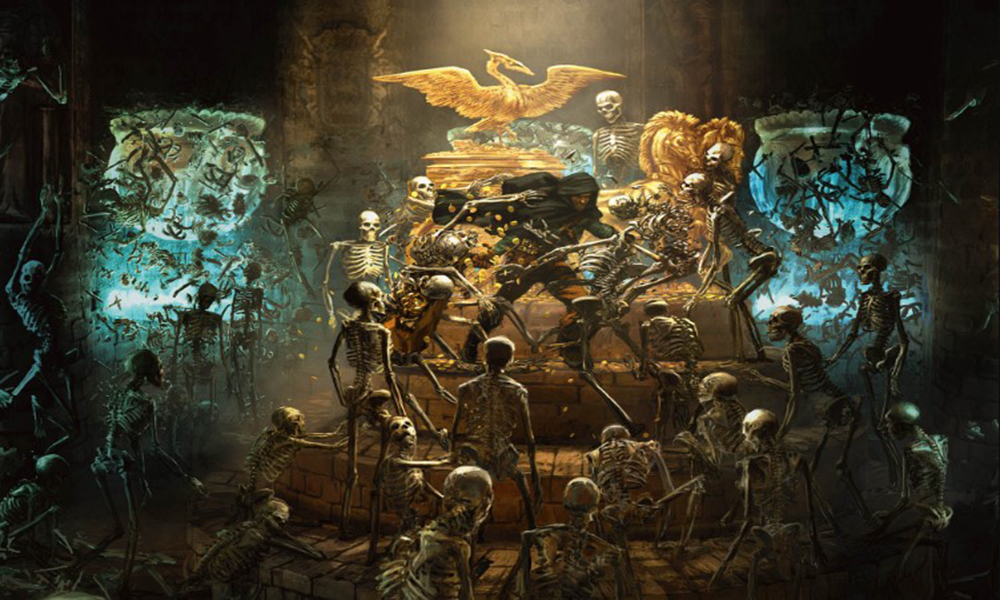
Another timeless classic.
A sphinx (or another intelligent creature) blocks the path forward. Knowing that fighting it might prove fatal, the sphinx offers the party a test of wits to proceed.
Said test is a series of riddles, perhaps something like:
“What has to be broken before you can use it?” (An egg).
What’s fun about the Sphinx’s test:
- Since it riddles based, you can quickly adjust the riddle’s difficulty to match your party’s interest.
- It’s open-ended enough that players aren’t forced to solve it one way. Perhaps they convince the sphinx that it isn’t necessary, they sneak past it or even just fight it instead.
10. Color me this
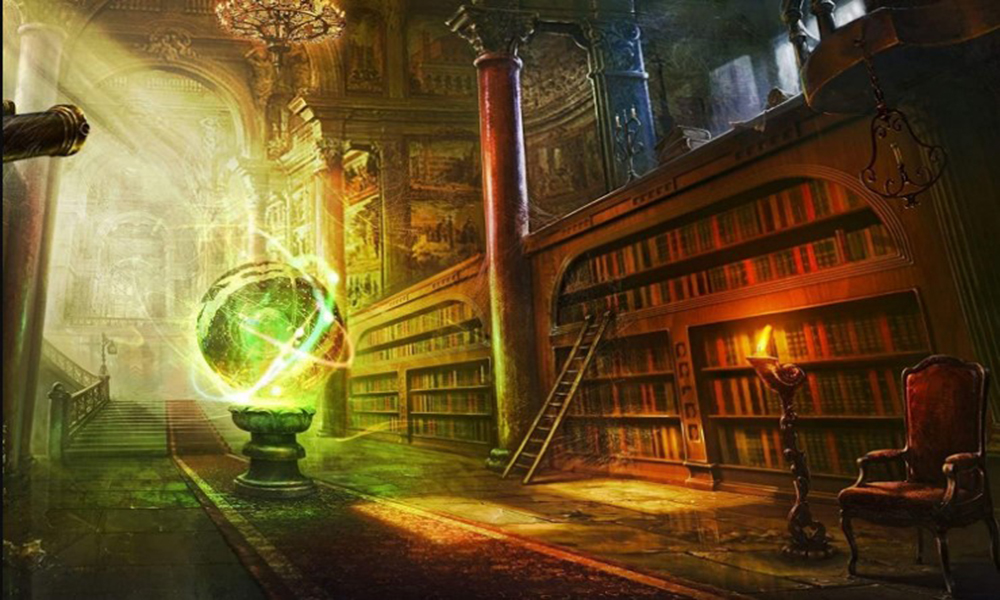
A simple puzzle to throw a wrench at your players, especially if they have darkvision!
Hidden within a dark room are several colored gems (rubies, emeralds, sapphires, etc). The party has to find them, perhaps winning them from lurking dangers, and place them on a colored pedestal.
What’s fun about the Color me this puzzle:
- Darkvision works in shades of grey, so it’s one way of making your players play with lightning or suffer the consequences!
- Fast, easy, and straightforward, it’s a great way to challenge your players and offer them a treasure.
9. Stone-cold
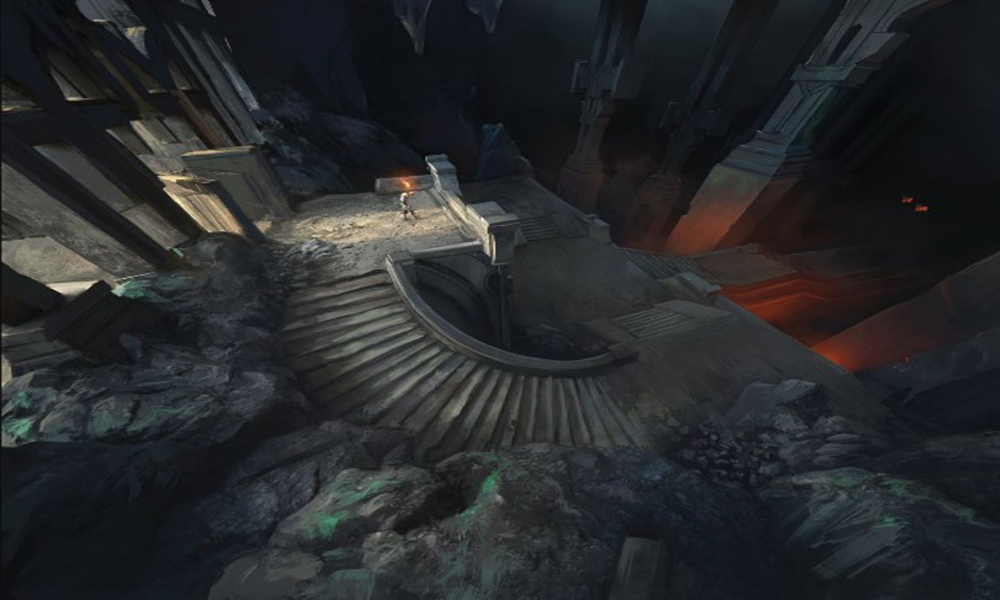
The party arrives in a room with the statue of an important NPC in the middle, said statue is looking directly at the statue of a medusa’s head. The players notice an important McGuffin on the statue, but it’s also petrified!
The solution? They must somehow cut the line of sight between both statues, but beware, for the petrifying gaze of the medusa’s head might also petrify them.
What’s fun about the stone-cold puzzle:
- It’s a great way to make your players interact with the environment.
- You can magnify an important NPC’s entrance by introducing them in unconventional ways, such as this.
8. Double-edged
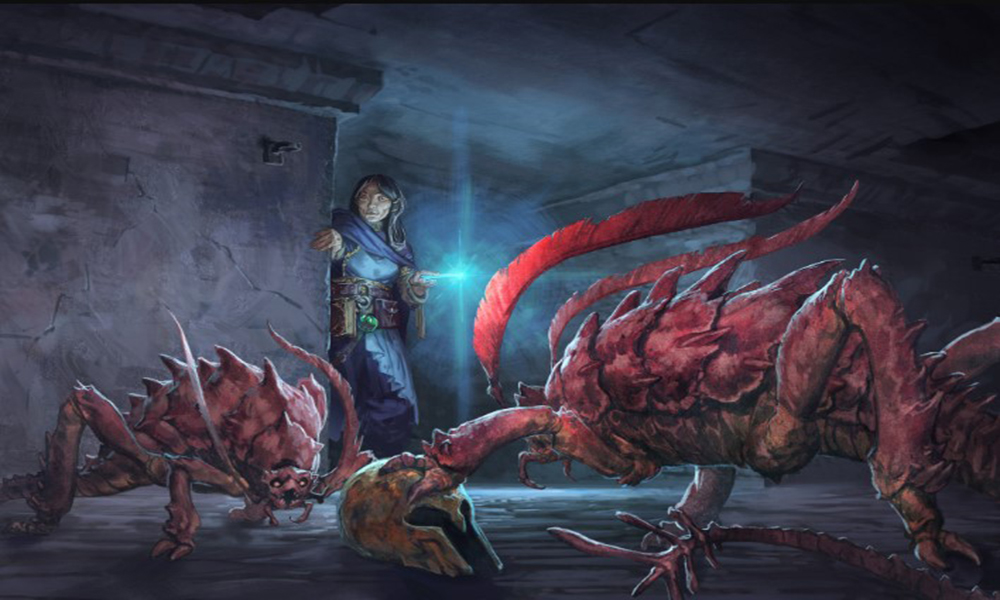
Exploring a luscious jungle, the party comes across a round altar filled with various weapons and treasures, blocking the entrance to an underground chamber. Before the altar, a plaque reads “The sharpest weapons cut twice”.
If a character pulls any of the weapons, a shadowy apparition manifests and strikes the player character!
The solution? Most weapons deal slashing damage, save for a singular hammer hidden within the forest of swords. If they pick it up, the entrance reveals itself.
What’s fun about the double-edged puzzle:
- It’s a simple mix between thinking and combat.
- If you want to introduce cursed weapons, this is a seamless way to do it.
7. One-way hall
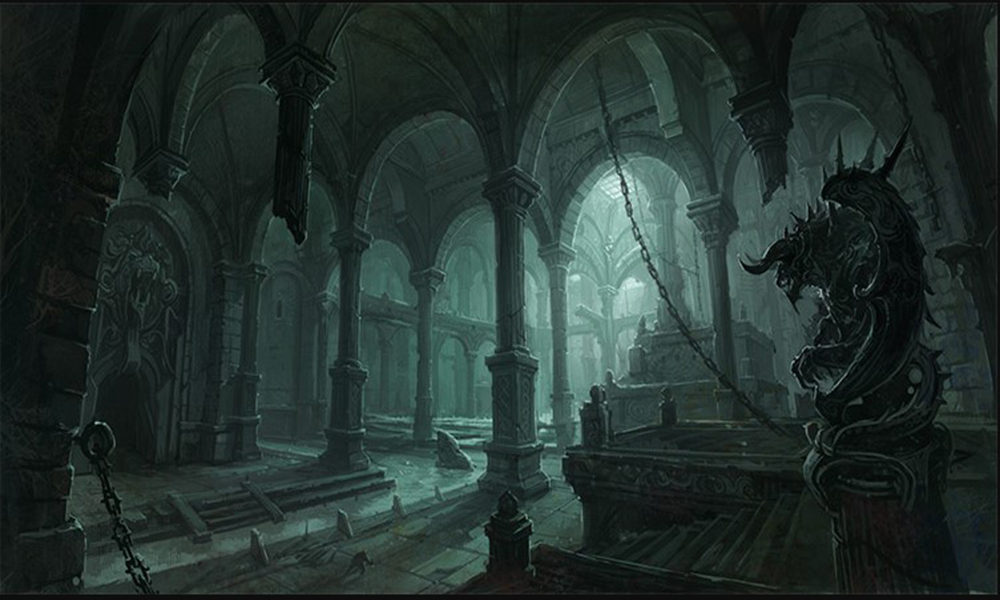
As you cut the corner in the winding hallways of the dungeon’s depths, you reach a dead end, turning around there is a wall five feet behind you, trapping you in the corner.
On one of the walls, the writing says “Keep your eyes forward and you may leave”. Players must walk backward to escape.
What’s fun about the One-way hall:
- You can use it practically anywhere, letting you apply it on the fly when needed.
- If your players face time constraints to reach their goal, this monkey wrench will stop them in their tracks and give your villains an edge!
6. Ghost dealings
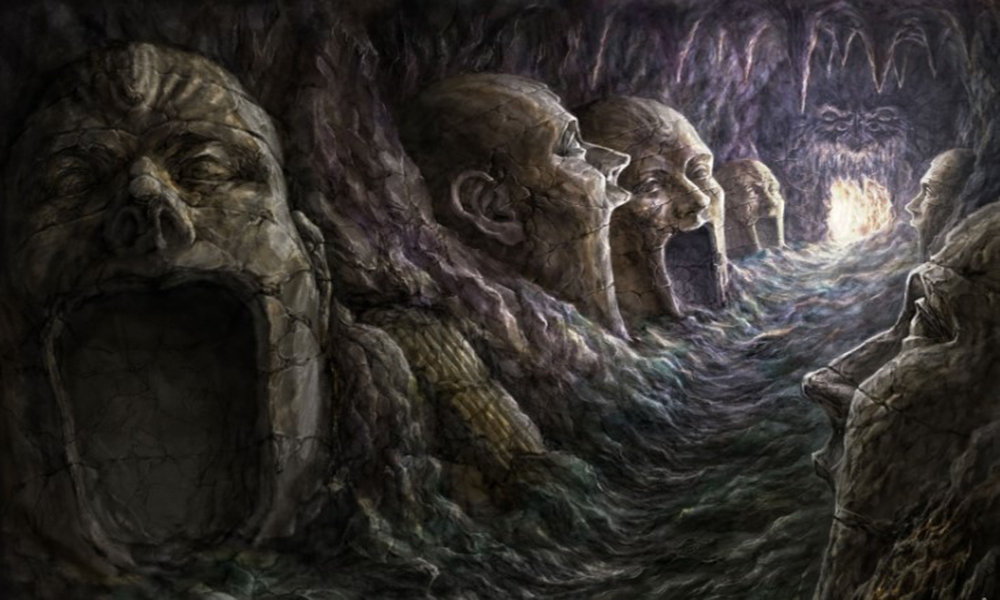
Going down a spiraling stairway, the party is swept by a black miasma, yellowish specters manifesting, one for each member of the party.
The trick? It’s all an illusion, the party is facing each other, but they don’t know that. When one party member attacks and hits, a random ghost attacks a reaction against another party member.
They can figure out it’s an illusion by actively investigating the ghosts since they don’t do anything the party does not.
What’s fun about Ghost dealings:
- While PvP is usually discouraged, this is a great way of implementing it without causing friction within the party since it’s all the villain’s fault.
- It’s a great setup for enemies with mind control powers, now the party knows not to trust everything they see.
5. Darkness ahead
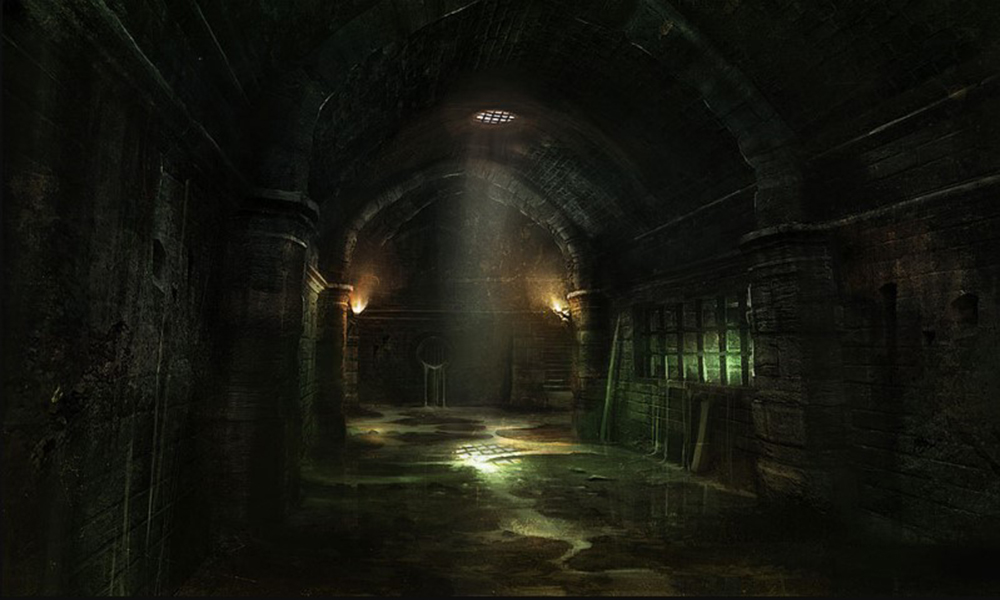
Exploring some ruins, the party comes across a torch-lit hall. Before it, an inscription reads “The light protects us from shadows, but only through darkness can we reach the light at the end of the road”.
If the party goes down the hall, it never ends, continuing infinitely as they gain levels of exhaustion.
However, if they put out all sources of light, they will reach the end of the hall in a couple of steps.
What’s fun about Darkness ahead:
- It incites players to think outside the box.
- Unlike most lightning-based puzzles, this one subverts expectations by actually requiring there to be no light to find the exit.
4. Soul-sand
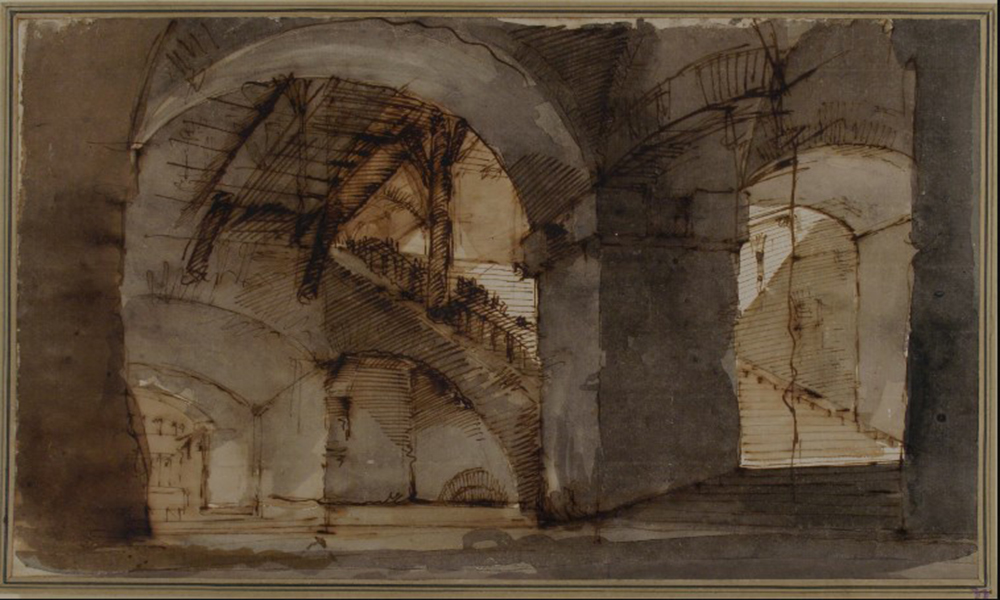
After walking for hours through a grey-colored desert, the party comes across a sudden change in the horizon: The desert ends abruptly before giving way to a lush jungle.
However, several monoliths stand like guardians at the edge, with inscriptions reading “If you set foot outside the sands of time, your life shall be forfeit”
The players can come up with creative solutions, perhaps they take a handful of sand and place it on their shoes?
What’s fun about Soul-sand:
- You leave the solution entirely to the players, it’s one of those puzzles where you can sit back and accept any solution you find creative enough.
3. The endless caverns
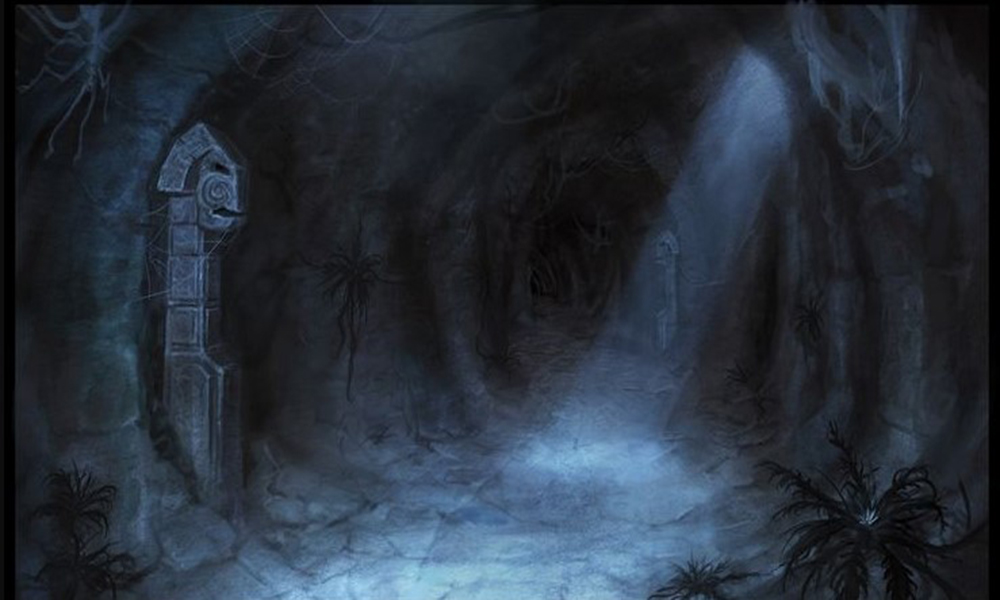
Exploring a dark, dusty cave system the party finds a fork in the road: The caves lay before them, and each of them has stones stacked before them.
One has a single, flat stone, another two, the last three. What’s the catch? If the players go down any of the caves besides the one with a flat rock, they end up in the same room.
They have to go down the hall with a single stone, then two, and the last three. You can arrange them in any way you like.
What’s fun about the endless caverns:
- From caverns to halls, any indoor environment could use this distorted space as a puzzle.
- It can be deceptively complicated if your party likes to overthink things.
2. Manners!
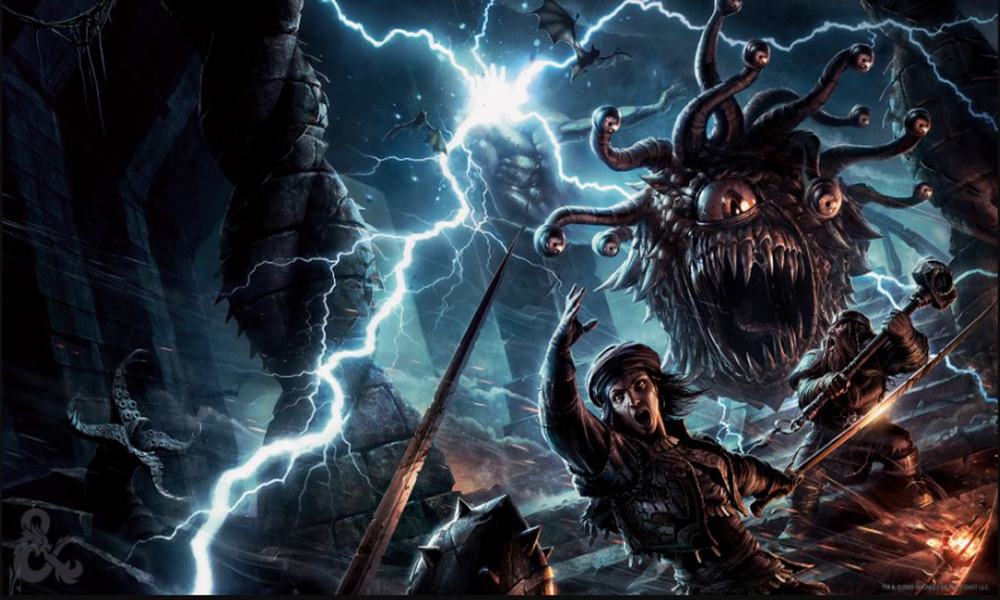
Before the party stands a beautiful door, several bones, gloves, and scorch marks arranged before it.
The door can’t open conventionally and it’s magically locked, and if one tries to damage it, it bites back.
Players must pick up one of the gloves before knocking on it, after which it opens gracefully.
What’s fun about manners:
- Whimsical, funny, and dry, sometimes all it takes to humble your group of godly murderhobos is a lesson in basic manners.
- You can place it as part of an alarm system for an important NPC, using it as an excuse to determine their opinion of the party depending on how they bypass it.
1. The maddening chasm
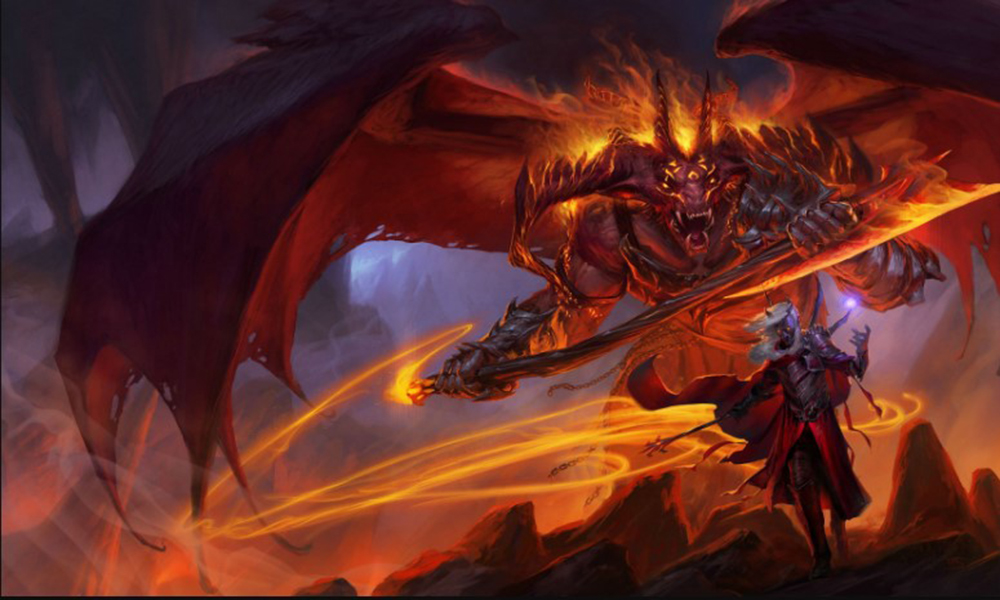
Time is of the essence; the party must cross an impossibly large chasm cloaked in darkness.
A bridge of rusty, metallic plates is the only way to do it in sight, however, it’s loud. And after every noise abyssal chittering can be heard, which messes with the party member’s minds, confusing them, and maybe even convincing them to jump.
To walk across unscathed, they must be as quiet as possible, fly across stealthily, or become creative.
What’s fun about the maddening chasm:
- Sound is an often ignored element that can take your puzzle to the next level and freshly challenge your party.
You May Also be Interested In:
[Top 5] D&D Best Archer Race - What's the Best Race for Archer
[Top 10] D&D Best Utility Magic Items That Are Excellent
[Top 15] D&D Best Very Rare Magic Items That Are Excellent
Image Gallery
- Log in or register to post comments
 Home
Home PC Game Trailers
PC Game Trailers News
News Menu
Menu

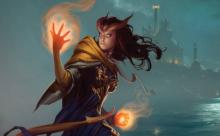
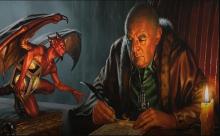
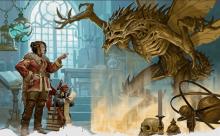



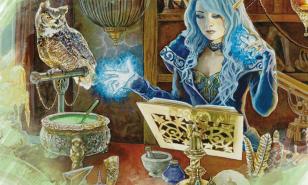


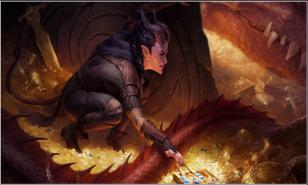

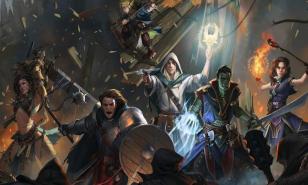

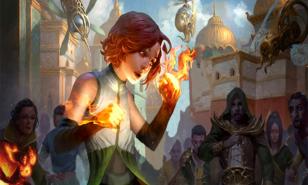
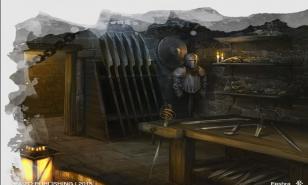
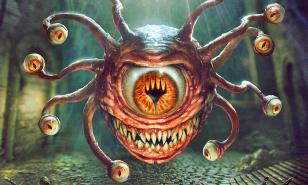
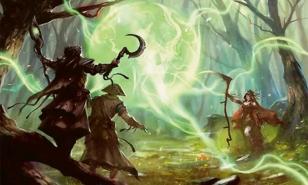
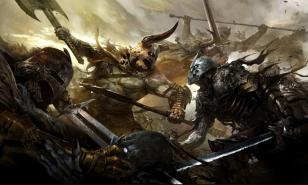
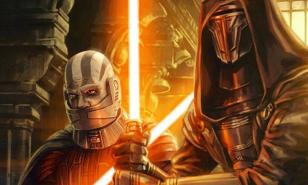
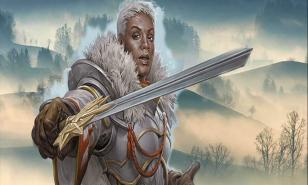

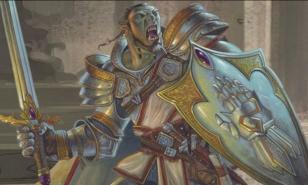
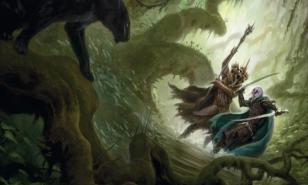
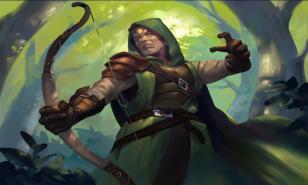

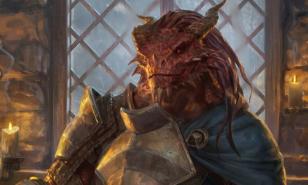
![[Top 5] D&D Best Barbarian Race - What's the Best Race for Barbarians? Best Race for Barbarians](https://www.gamersdecide.com/sites/default/files/styles/308x185-scale-crop--more-top-stories/public/barbarian.jpeg)
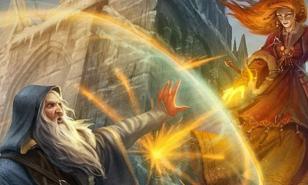
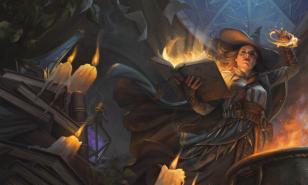
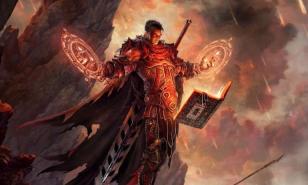
![[Top 20] D&D Best Barbarian Weapons, Items and Armor Barbarian with mohawk wielding a big hammer](https://www.gamersdecide.com/sites/default/files/styles/308x185-scale-crop--more-top-stories/public/barbarian_2.jpeg)
